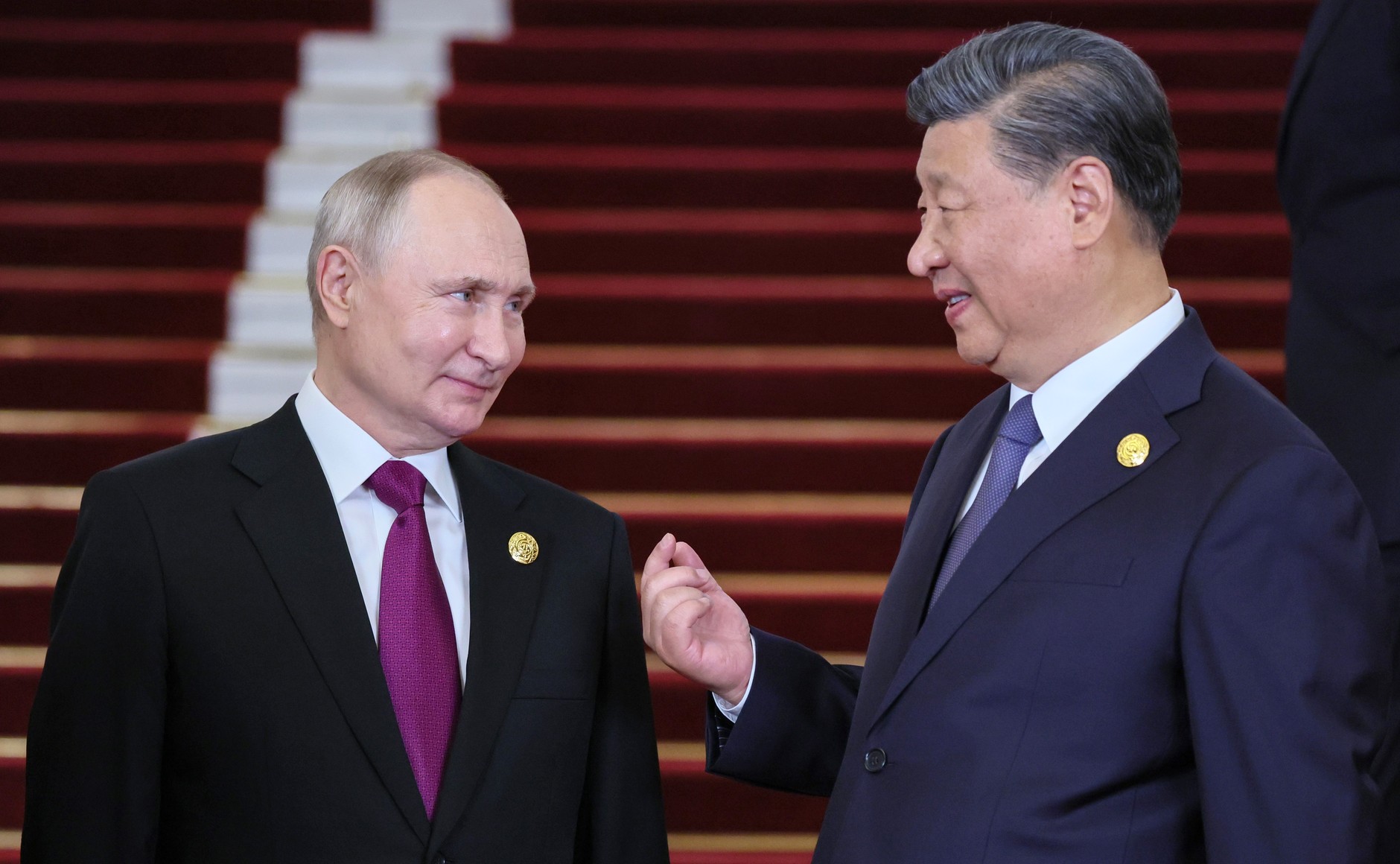Russia has overtaken Ukraine in long-range drone production, with Chinese technology playing a critical role, Ukrainian officials told Politico.
Although China publicly maintains a neutral stance on the Russo-Ukrainian war, it has sustained close economic ties with Russia and, according to Ukraine’s Foreign Intelligence Service, has been supplying components for Russian ammunition and drone production. By early 2025, 80% of the electronics in Russian drones were reportedly sourced from China. Beijing has dismissed these claims as baseless accusations and political manipulation.
According to Oleh Aleksandrov, spokesperson for the Ukrainian Foreign Intelligence Service, Russia is receiving a steady supply of essential drone components from China. These include electronics, navigation and optical systems, engines, and processor modules.
“They use so-called shell companies, change names, do everything to avoid being subject to export control and avoid sanctions,” Aleksandrov said.
Ukraine’s early drone lead narrows
Politico says Ukraine previously led the drone war. In 2024, it produced up to 1 million tactical drones, with plans for 2.5 million tactical and 30,000 long-range drones in 2025. However, Moscow is catching up. President Volodymyr Zelenskyy recently told journalists that Ukraine produces about 100 long-range drones per day, while Russia is now producing 300 daily and targeting 500.
New laser weapon from China seen in Russian hands on the front
Aleksandrov said Russia increased its long-range drone production from 15,000 in 2024 to over 30,000 in 2025 and aims to make up to 2 million tactical drones this year. General Oleksandr Syrskyi said the Ukrainian military must “constantly increase our capabilities to be one step ahead.”
Kyiv says China has restricted Ukraine’s access to new drones while allowing Russia continued access.
“The Chinese Mavic is open to the Russians, and it is closed to the Ukrainians,” Zelenskyy said, adding that it’s now unavailable across Europe, but Russia still obtains them.
Meet First Contact’s Osa: Ukrainian FPV drone used to strike Russian bombers in Spiderweb operation
Russia’s drone tech evolves
Moscow has adopted drones powered via fiber optic cables, which are immune to radio jamming and harder to detect. Ukrainian troops can no longer easily spot them in the sky and now rely on acoustic tools.
“We have to use different acoustic and other means to trace those drones,” said Andrii, a Ukrainian army commander.
China dissects Russia’s mistakes in Ukraine while building world’s largest naval arsenal for potential Taiwan war
Russia is also improving electronic warfare. Andriy said only about 20% of government-supplied drones are usable due to shifting radio frequencies.
“We constantly have to spend additional funds and time to reconfigure those drones,” he said.
Mass production across Russia
Russia’s drone production is concentrated in the Alabuga special economic zone in Tatarstan, where Shahed drones are assembled. The Kupol plant in Izhevsk produces Garpiya drones. Other production centers are located in Moscow Oblast, Ekaterinburg, and St. Petersburg.
Aleksandrov said Russia plans to produce 30,000 long-range drones and 30,000 decoy drones in 2025. Additionally, Russia aims to manufacture 2 million FPV drones this year.




